Beauty on My Own Terms, Not Instagram’s
4 years ago by
The night before I gave birth to my daughter, I put on a lacy light purple bra and panty set. The only pretty thing in my drawer full of beige and shapeless maternity underwear. The underwire bra dug into the top of my ribcage, newly expanded in my last month of pregnancy.
My husband stood by the door with our hospital bags. “Are you ready?” I had an induction scheduled for 10pm, unless I showed signs of labor before then. But my daughter seemed cozy and content in my belly, even two days past my due date.
I called back to him. “In a minute!” I had one last thing to do. Though the act of taking a selfie has always felt performative and uncomfortable to me, I wanted one to document this moment. I wasn’t even sure why. But I’d seen so many “baby in, baby out” and “nine months in, nine months out” types of posts on Instagram, it somehow seemed obligatory.
By age 32, I’d already watched many of the influencers I followed on Instagram become mothers. I’d seen their proud pregnancy selfies, their dutiful birth announcement posts: mama looking peacefully exhausted in a hospital bed, baby asleep on her bare chest, both cleaned up, without the sheen of blood and sweat and various other fluids that define so much of birth in real life. Then the caption: something life-affirming and tender. “This baby is already so loved.” “We are so grateful.” “Our family is complete.”
One post, from the “momfluencer” Amber Fillerup, stood out to me. It was a photo of nine polaroids, one for each month of pregnancy, tracking her growing belly. She stood in profile, wearing the same sports bra and briefs in each. In the caption, she offered these words:
“I just want to point out that while our bodies do crazy stuff for our babies these aren’t ‘horror stories’ this is how our bodies work and a part of the journey. It’s not always pain free or glamorous but that’s what makes the sacrifice so beautiful.”
After I had my baby, I thought about her words a lot, about “the sacrifice” required to bring new life into the world. I’d just experienced a 17-hour labor with two failed epidurals, more interventions than I’d planned for, and more pushing and pulling and tearing than I ever thought I could survive.
“That’s what makes the sacrifice so beautiful.” I couldn’t see it that way. Where was the beauty in such an arduous labor? In the third-degree tear that stung when I lowered myself into the bath or got out of bed? In the barbed-wire stitches holding me together? Where was the beauty in the wrinkled, stretched skin of my midsection or the once-firm contours of my body that now collapsed within themselves?
In the same caption, Amber Fillerup encouraged her followers who had given birth to comment with an experience from pregnancy, birth, or recovery they didn’t expect. And people obliged with real, unfiltered anecdotes from the humorous (lopsided boobs) to the painful (postpartum contractions). It was a real conversation about the good, the bad, and the visceral parts of having a baby.
But so many who bravely shared their stories minimized the hardships, covered their comments in avalanches of gratitude for all their bodies had accomplished. They called their bodies “miraculous” and “incredible” and concluded with multiple exclamation points. How, I wondered, were all these mothers able to conjure such deep wells of acceptance for their postpartum bodies?
I felt defective, selfish for fixating on my battle scars when I’d been able to bring a healthy, new life into the world. As if my hesitation to love my strange new body took away some amount of love for my daughter, made me less grateful for her.
In the glossy world of Instagram, it seemed there was no place for my hesitation. Another influencer, Christina of New Darlings, posted a photo of herself a few days postpartum, wearing a nursing bra and the stretchy white surgical underwear they give you at the hospital. “…your body may not bounce back after giving birth,” she said in the caption. But, she reassured, “it’s all perfectly okay and part of this beautiful crazy process.”
I don’t doubt that neither Amber Fillerup nor Christina of New Darlings intended to cause feelings of doubt or guilt. Their willingness to talk about the biological realities of having a baby represents an expansion of the motherhood conversation. Content like theirs is brave. It defies the “get your body back” rhetoric that defined previous decades, that pressured birthing individuals to hide or erase the evidence of pregnancy and birth as quickly as possible. And the enthusiastic engagement on those posts show just how much they resonated and helped others feel less alone.
Still. Those posts and their popularity only solidified my aloneness, albeit unintentionally. With all those likes and comments, I thought, I must be the only one who can’t summon any love for my postpartum body. Even in those dynamic conversations that welcomed so many stories and perspectives, I still didn’t feel like I could say the one thing I really wanted to: I want my body back. Not a bikini-ready, swimsuit-edition version. Not even one that looked like I never had a baby.
I just wanted my body, the one I’d been getting to know these past 32 years. I wanted a body that fit comfortably into my favorite pair of jeans (or any jeans, really), that could carry on an adult conversation without almost falling asleep, that could make it more than 15 minutes into the barre class I’d done three-plus times per week before I got pregnant without burning through its shallow stores of energy.
I never posted the selfie I took before we left for the hospital. Showing off my former “baby bump” while I quietly grieved the saggy, over-stretched aftermath of my pregnancy felt disingenuous. Just as disingenuous as I felt when I took the photo. With my matching bra and panty set, my hair freshly blown out for our first photos as a family of three, I looked cool and collected. Under the surface, my nerves bubbled and popped with anticipation, for meeting my baby and what my body might endure to get us there. I could never convey the intensity of that experience in a 2,200-character caption.
But that’s the thing about Instagram. For better or worse, it’s only a small part of a much bigger, more complex picture. Becoming a mother means navigating a stormy sea of conflicting emotions: Elation and fear. Confidence and failure. Ambivalence and deep love, heavy with the weight of responsibility. They crash into one another, creating a force so intense it releases through your tear ducts on the daily.
I found just as many contradictions in my new maternal body. There was power in the extra weight, the new curves and dimples and folds. There was dignity in my stitches and stretch marks: signs of my ability to overcome pain to bring new life into the world. Yet: also signs of my vulnerability. Also indications that my body now existed to support my baby’s growth, that beauty had given way to function.
Social media platforms were not built to explore these contradictions, to navigate the murky depths nor the many contours of motherhood’s rocky surface. I eventually found resources that were better suited to the job. I connected with other moms irl who were also looking for honest conversations, to shine a light on the dark nuances of their own stories. I spent the limited time I wasn’t with the baby or asleep on things that nourished and healed my body. That included taking long, steamy baths, making large pots of soup with good ingredients, and exercising gently. It did not include Instagram.
I didn’t make any grand gestures, like removing the app from my phone or deleting my account. I just realized that I felt freer when I spent less time scrolling my feed, less time studying the postpartum and recovery experiences of the influencers I followed and comparing them to my own. Slowing the constant flow of positivity, gratitude, and encouragement let me feel whatever I needed to feel, without judging myself. It let me grieve the loss of my pre-pregnancy body and uncover the beauty in this new body on my own terms.
Slowly, I felt better, more like myself. I wish I could offer some big, revelatory moment when a wave of body acceptance washed over me. But the work is ongoing. Some days, I marvel at all the healing my body has accomplished or the way my new curves fill out a pair of jeans. Other days, I quietly seethe at the way my stomach still rolls over itself when I sit at my desk or on the floor to play with my daughter.
That’s motherhood, though. It’s messy and confusing and hardly ever pliable enough to package into a 1080-by-1080-pixel box. Living within that mess doesn’t make me a bad mother. My daughter is thriving, in fact. And, the more I give myself permission to feel it all, the more I’m able to access the beauty I couldn’t see before—in this body, in motherhood, in everything.
Renae Hilary Getlin lives in Los Angeles where she writes, works, cooks, and creates space for her little family to thrive. She writes about food, identity, motherhood, career, and all the ways they intersect. See more of her writing on renaehilary.com or find her on Instagram @renaehilary.
Photo from Sonia Sieff’s book Les Francaises.

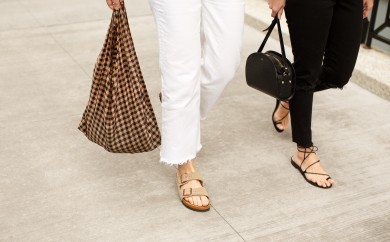
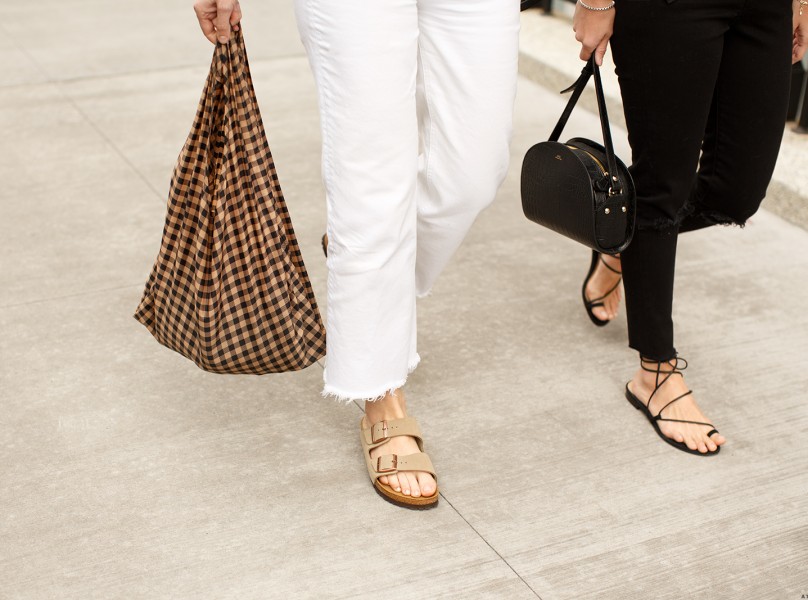
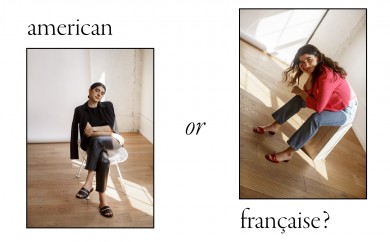
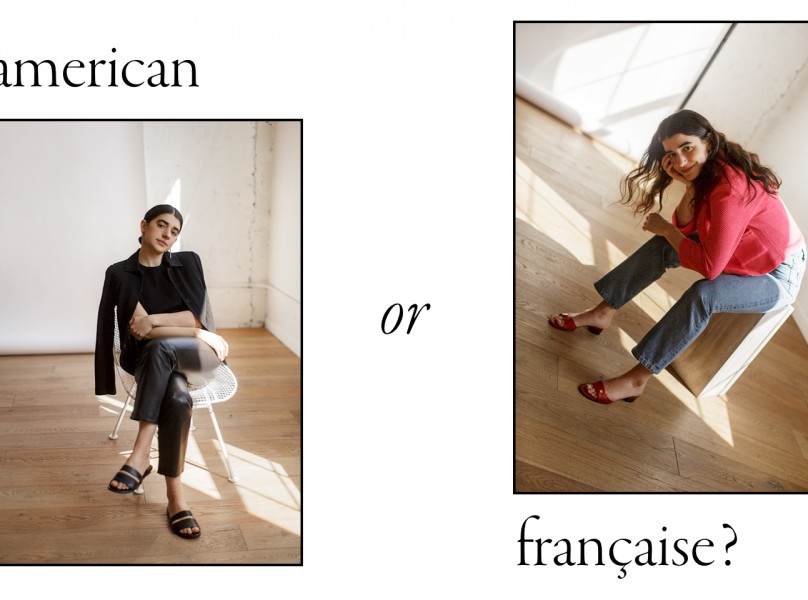
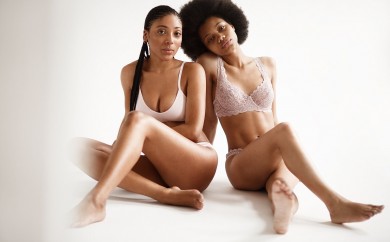
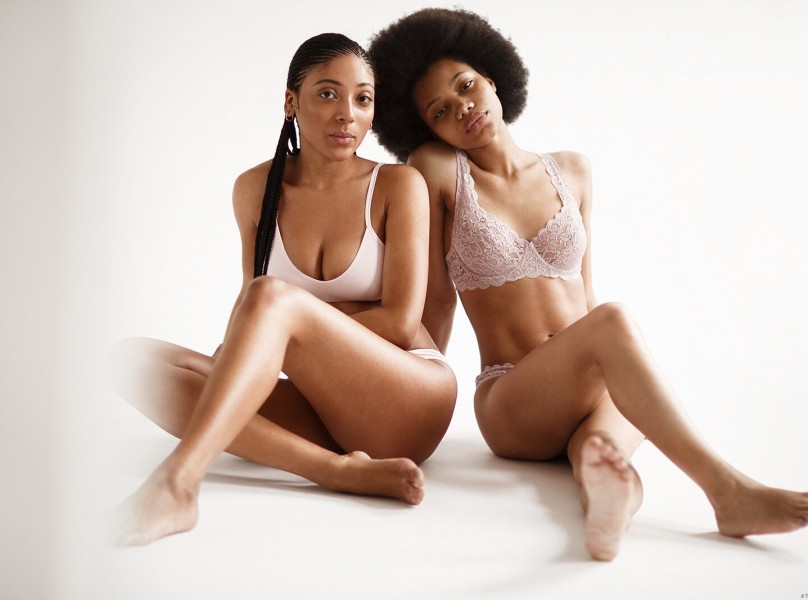
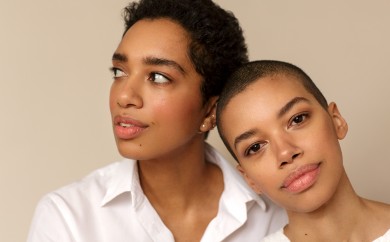
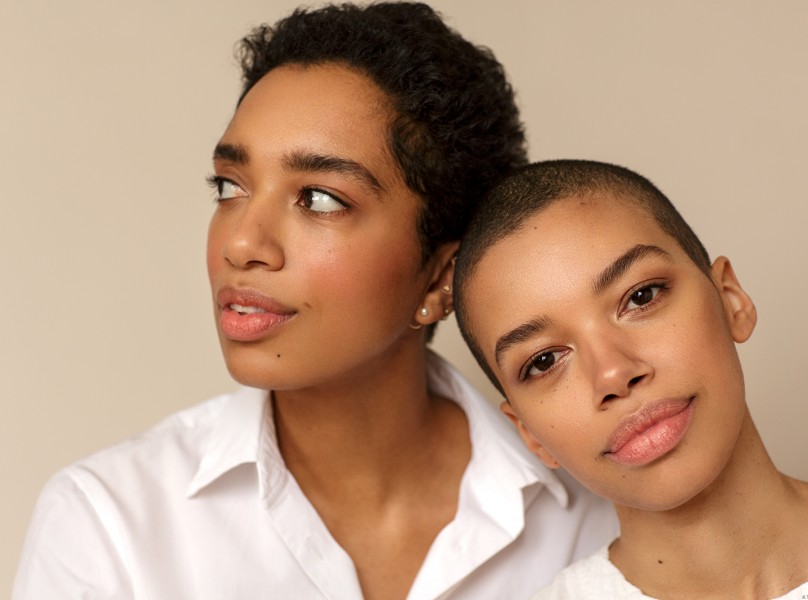
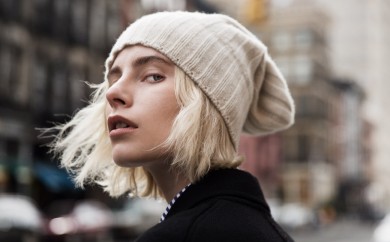
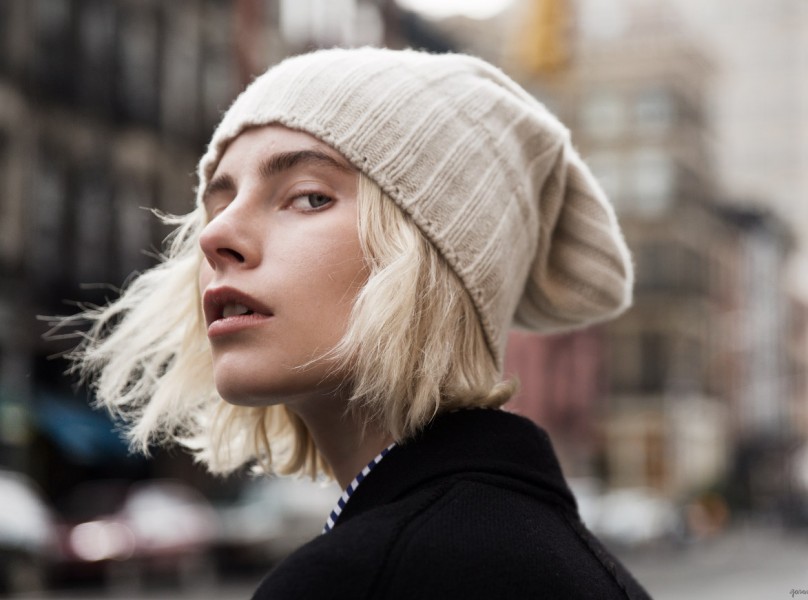
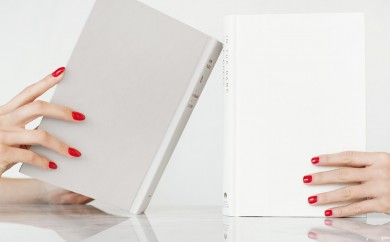
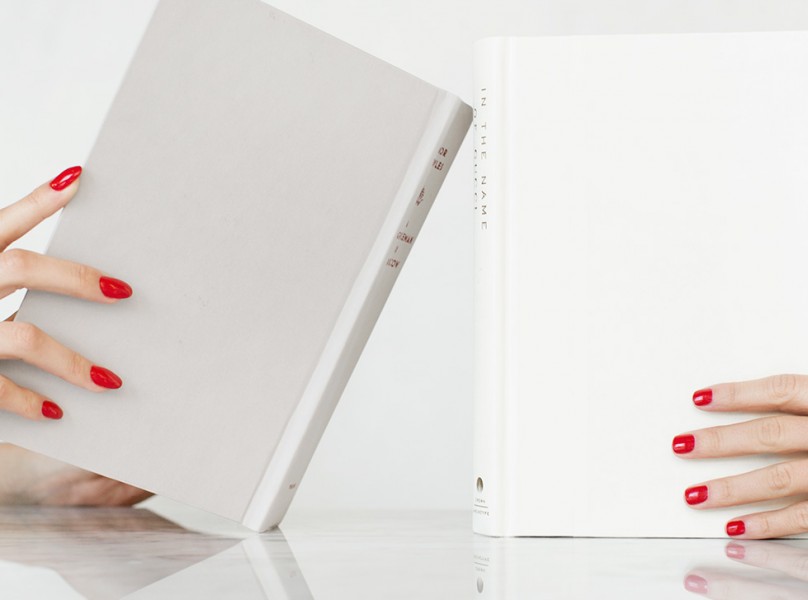
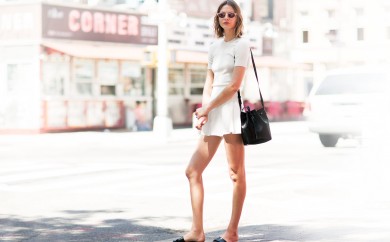
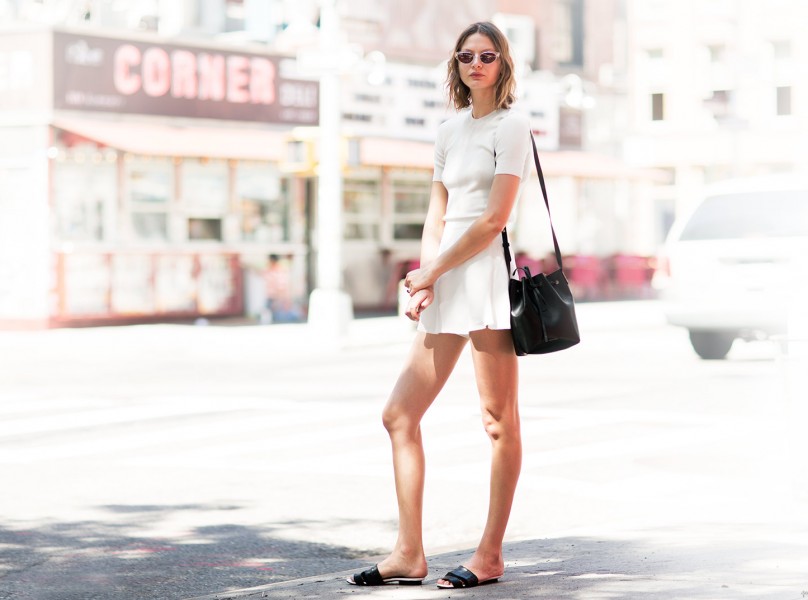
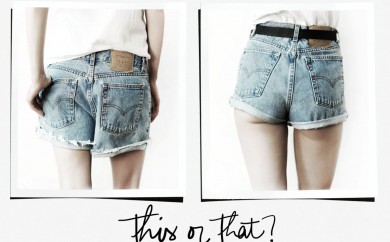
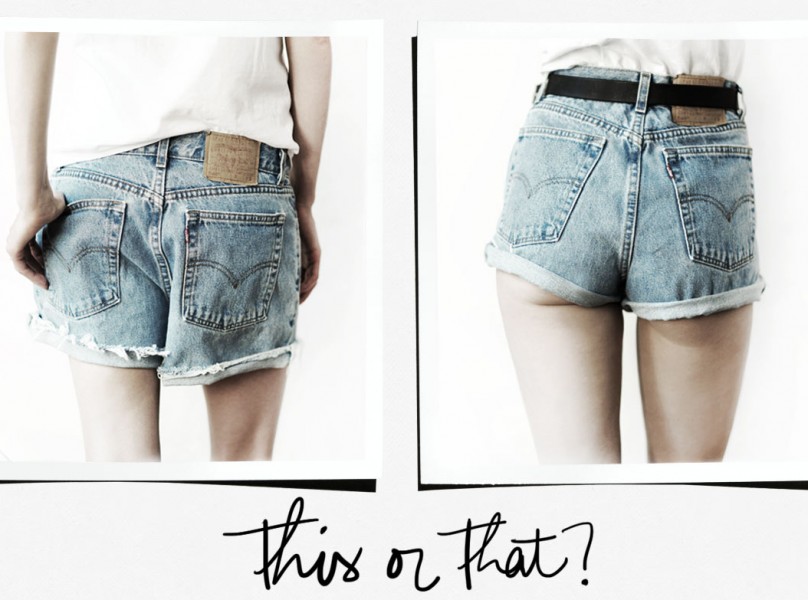
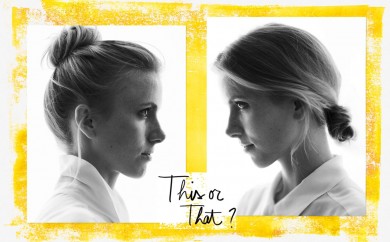
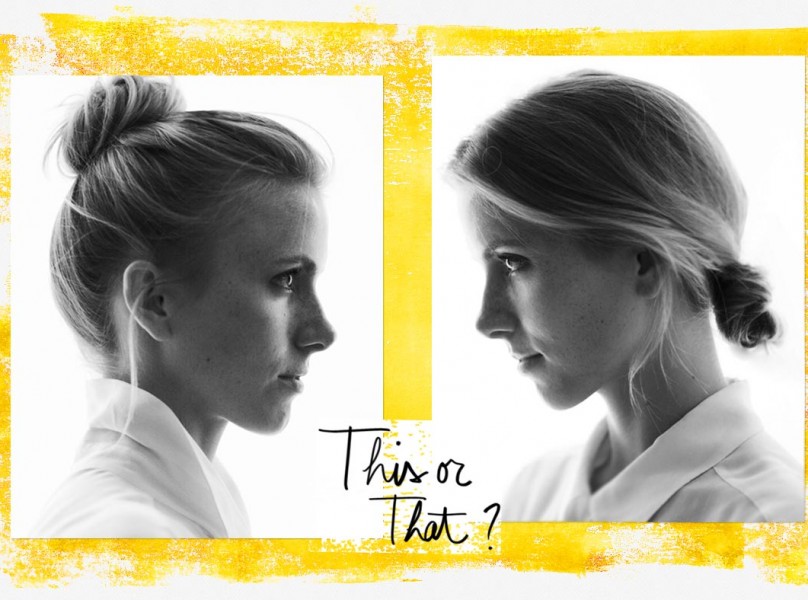

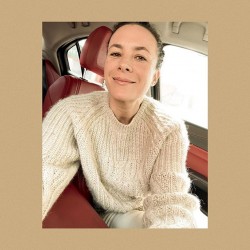


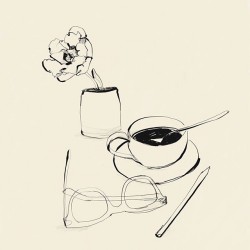
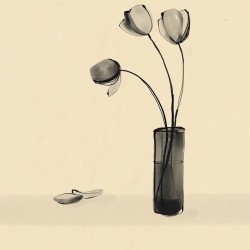
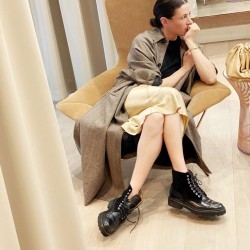

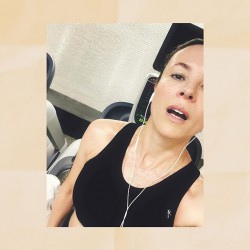

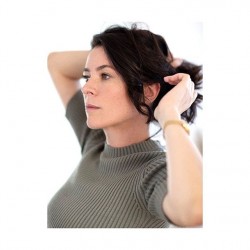
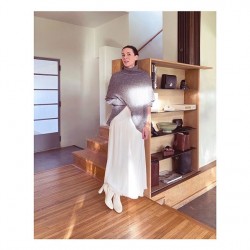


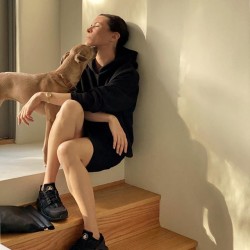
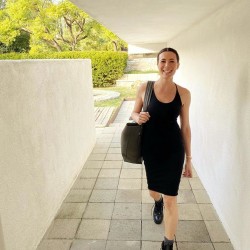
Thank you for these beautiful words. As an OB/GYN, I thought I would be well-equipped for new motherhood. However, the dichotomous experiences of deep love and crippling anxiety, selfless sacrifice and feelings of entrapment were difficult to navigate. Now, almost eleven months later, I finally feel somewhat like myself, but a much richer version. I am thankful for the perspective this past year has given me, especially as I care for patients in the postpartum period, one that I never really understood before with as much gravity and empathy.
Thank you for writing this, I fell very similarly 5 months after giving birth. I am ina good place and thankful for all that my body did, but definitely in the grieving process still. It feels nice to think that just as the deeper and deeper love I feel for my baby took some time to kick in, I will also arrive at a place where I am perfectly fine with the way my new body is.
beijinhos negro segmentado!
“Also indications that my body now existed to support my baby’s growth, that beauty had given way to function.”
Mother’s bodies exist to house mothers’ souls. They also support their babies’ growth, but that is in addition to, not in place of, continuing to also support themselves. People who give birth deserve both beauty and function, a body that’s both all their own and that can support their child.